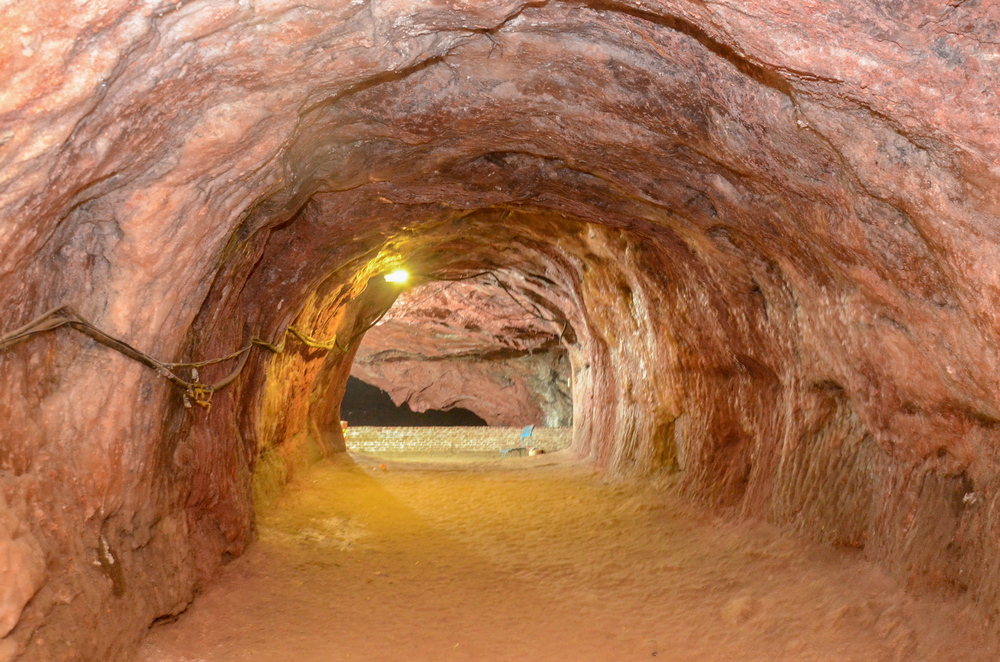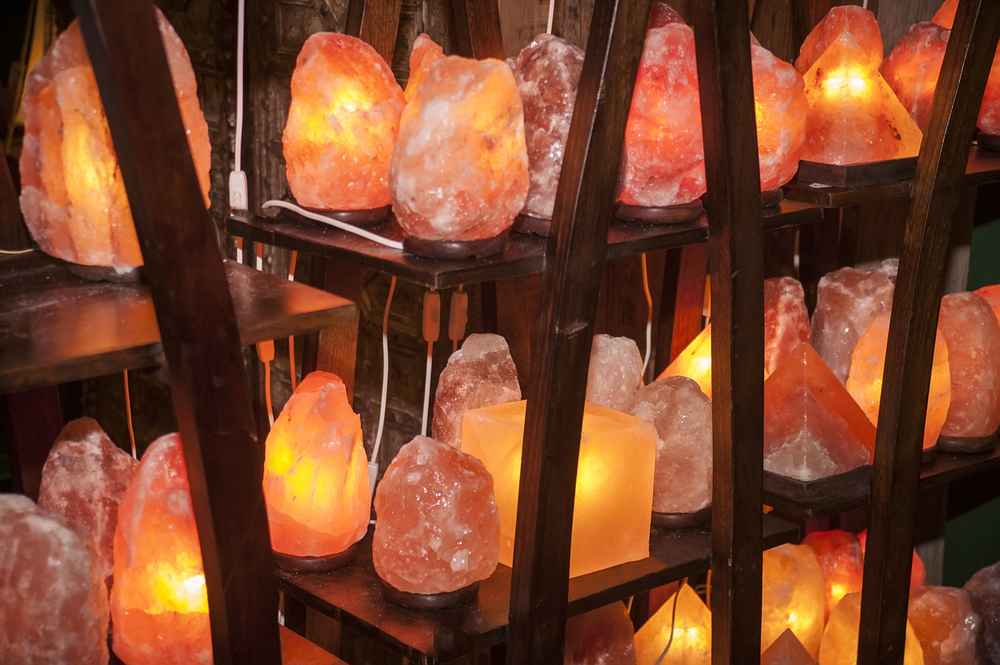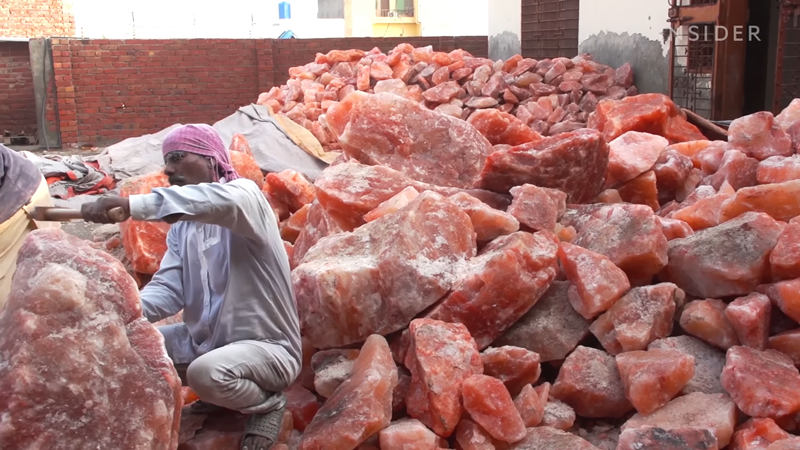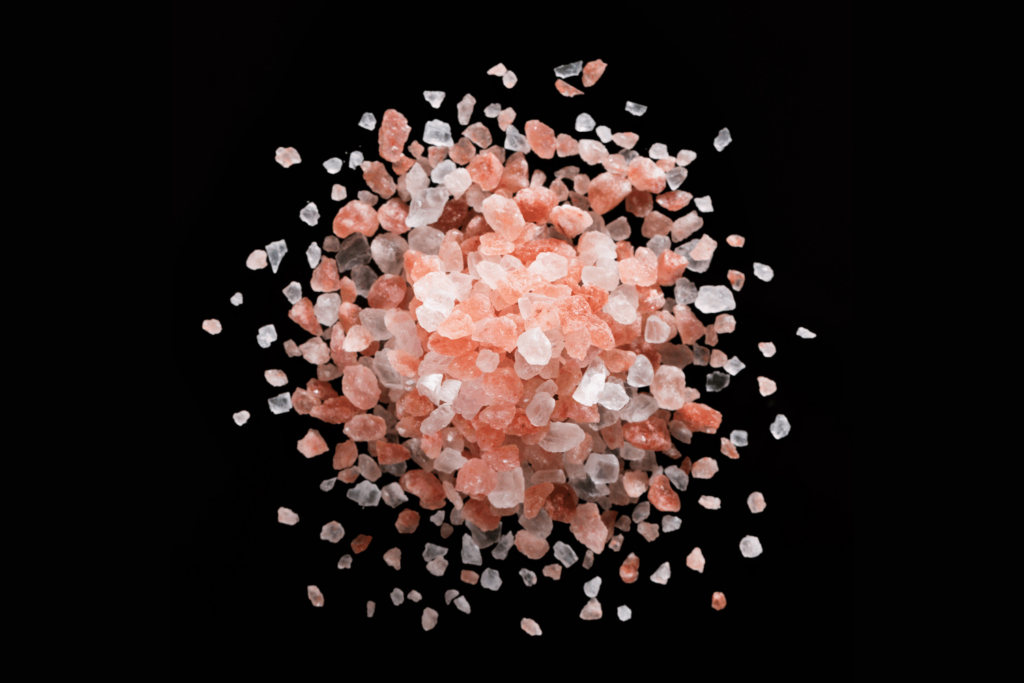Deep beneath the rugged landscape of northern Pakistan, where the Pothohar Plateau meets the Salt Range, lies a subterranean world consisting of an extensive network of salt mines rich with history.
The Himalayan salt mines, particularly the Khewra Salt Mine, have captivated the imagination for centuries. Known for producing the iconic pink salt that graces our dining tables and illuminates our homes with ambient glow, these mines offer a glimpse into the Earth’s geological past and a treasure trove of cultural history.
Watch! How 800 Million Pounds of Himalayan Salt Are Mined Each Year
The Geology of Himalayan Salt
The story of Himalayan salt begins over 250 million years ago, during the Permian period, when vast seas covered the region that would become modern-day Pakistan.
As the waters evaporated, they left behind extensive deposits of sodium chloride, which, over millennia, crystallized into the halite formations that are mined today. Within these salt crystals are small amounts of iron oxide, which give the salt its characteristic pink color.
This chromatic signature, ranging from soft pinks to deep reds, is not merely decorative; it signals the presence of iron, potassium, and magnesium, minerals that contribute to both the salt’s aesthetic and its reputed health benefits.
The Khewra Salt Mine
Discovered by chance by the horses of Alexander the Great’s army in 326 BC, the Khewra Salt Mine is the crown jewel of the Salt Range. Situated in the Punjab region, it is one of the world’s oldest and largest salt mines, stretching over 110 square kilometers.

The mine descends over 730 meters into the earth, comprising a labyrinth-like network of tunnels and chambers carved meticulously by hand over centuries.
Entering the Khewra Salt Mine reveals a unique environment where the air is cool and slightly salty. Miners here use traditional techniques, relying on simple tools such as pickaxes and chisels to extract the salt. This method helps preserve both the mine’s structure and the purity of the salt, avoiding contamination from modern machinery.
From Mine to Market
The journey of Himalayan salt from mine to market is as intricate as the geological processes that formed it. Once extracted, the salt is transported in large, rough-hewn blocks to processing facilities. There, it undergoes a careful sorting process, where it’s graded based on color, clarity, and crystal size.

The purest, most vibrantly colored crystals are reserved for culinary and wellness products, while larger, less refined chunks find their way into decorative items like salt lamps.
The lamps, believed by some for their ability to purify air in addition to their ambient glow, are crafted by hollowing out large salt crystals and inserting a light source. Whether in the form of finely ground culinary salt or as a luminous lamp, Himalayan salt carries with it a piece of the ancient Earth, a tangible connection to its storied past.
The Cultural Significance
Beyond its geological and commercial value, the Khewra Salt Mine holds profound cultural significance. It is a cornerstone of the local economy, providing livelihoods for generations of miners and their families.

The mine’s vast chambers and intricate salt formations also draw thousands of tourists annually, transforming it into a subterranean wonderland.
Visitors to the Khewra Salt Mine experience a unique setting where the salt formations are illuminated, creating a striking visual effect.
Notable attractions include the lit salt mosque, the clear crystal formations, and the ‘Sheesh Mahal’ or Palace of Mirrors, where the reflective salt tiles shine. These features highlight the natural beauty of the mine and the skilled craftsmanship of the local miners.
Health Benefits and Myths of Himalayan Salt
Himalayan pink salt is often noted for its nutritional value and is sometimes promoted as a healthier option compared to regular table salt. It contains small amounts of various minerals, offering a source of essential nutrients.

However, the actual health benefits are frequently overstated in popular media, as the trace minerals are present in such small quantities that they do not significantly affect overall health.
Moreover, the claims surrounding Himalayan salt lamps, such as their ability to emit negative ions that purify air and boost mood, are largely anecdotal and not strongly supported by scientific evidence. However, many users report subjective benefits, attributing the lamps’ warm, soothing glow to enhanced relaxation and well-being.
The Himalayan salt mines are famous for their deep geological history and significant cultural heritage. They provide insight into the Earth’s natural processes and the lives of the miners who work there. From their origins in ancient seas to their presence in modern kitchens and homes, Himalayan salt exemplifies the enduring appeal and resources of our planet.
As you sprinkle this ancient crystal over your meals or bask in the gentle glow of a salt lamp, remember the journey it has taken—from the depths of the Khewra Salt Mine to your home—a journey that spans millions of years and countless stories of human endeavor and natural wonder.
- Online rock and mineral club for collectors of all levels!
- Find community with like-minded rock and mineral enthusiasts.
- Monthly Giveaways!
- Free Access to Entire Digital Library of Products (annual memberships)


